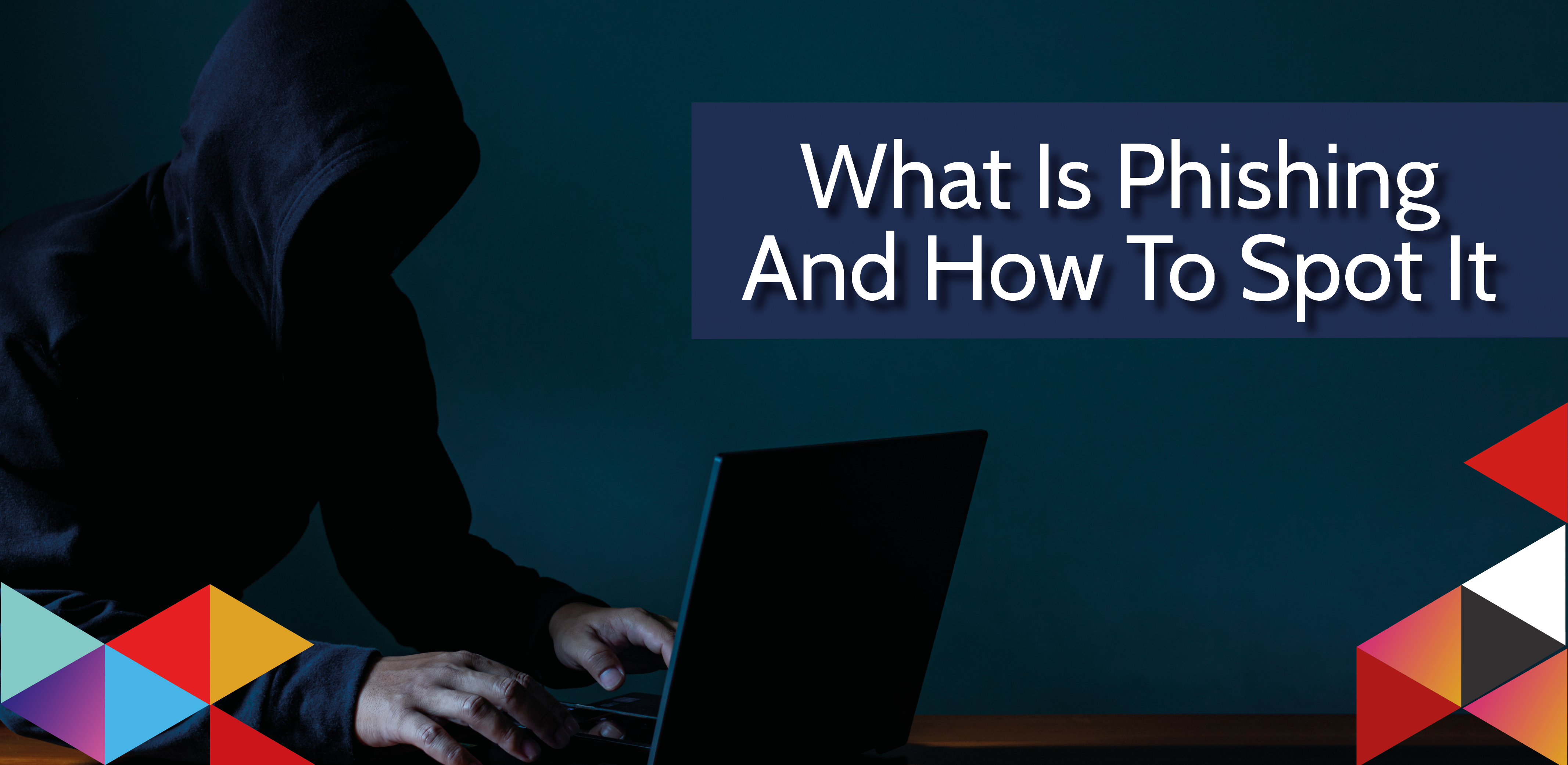Phishing is when someone sends you fraudulent texts or emails in order to steal information including credit card details and login credentials. The attacker pretends to be someone you know so you’re more likely to click on the email or text in order to entice you to reveal personal information. Phishing scams are always increasing not only in numbers but increasing in refinement.
What is the most common example of phishing?
You can receive a fake email from your bank asking you to click a link and verify your account details, you can also receive scam emails that will ask you to reset your password, and you can get fake invoice scams or a google docs scam which is one of the most sophisticated ones as they pretend to be someone you know. You can receive many fraudulent emails pretending to be anyone and anywhere, including a bank, Microsoft, Google, Dropbox and even HR. The best way to prevent this is just raising awareness on how to spot obvious mistakes to avoid giving away valuable information.
The best way to prevent phishing attacks is to educate employees and employers as they are the biggest targets. They should learn what phishing is and how to spot a scam and what to do when they spot one. CEOs are the biggest targets because high-level executives are able to access a great deal of company information which then can block you from accessing your own data and will hold your data for ransom. One of the best ways to prevent phishing attacks is to introduce data security policies to ensure emails and files are monitored for suspicious network activity. Data protection policies involve automatically blocking emails from reaching possible victims.
If you receive a phishing email, this is what you should do:
Do not rush
Take your time to read through the email to see if you can spot anything suspicious, like incorrect spelling, or double spaces, most scam emails can look really unprofessional so you can spot them straight away.
Don’t panic
A lot of phishing emails will say in the email that it’s urgent, scammers use this in order to pressure you into clicking links or opening attachments.
Check the link
Before you click, make sure the links start with HTTPS:// and not HTTP:// (The ‘s’ stands for secure)
Check the email address
This is so you can verify the sender, if it’s not the same email as the person they are pretending to be, it’s definitely a scam.
Sometimes it’s difficult to recognize what’s genuine and what’s a phishing attempt so if it’s too late and you have clicked on a scam link and have shared your credentials don’t panic, all you need to do is take immediate action and change your passwords and contact your bank right away.
Phishing is much easier to understand once you understand it, by following the advice outlined in this blog you can minimise your risk of falling victim to digital scammers, be vigilant about spotting phishing emails, and just remember, the best way to handle a phishing email is to block or delete it immediately.
If you’d like to learn more on how to prevent other types of cybercrime head to datacentreplus.co.uk/updates/ so you can read our articles to acquire information on cyber security and prevention.
Alternatively, if you’d like to speak to a member of our team about what we can offer then give us a call at 0161 464 6101 or email us at hello@datacentreplus.co.uk


